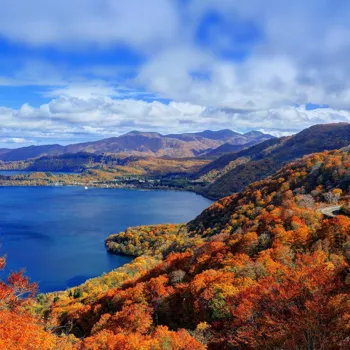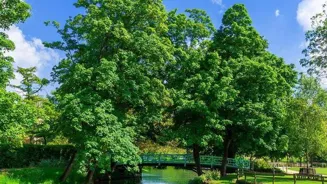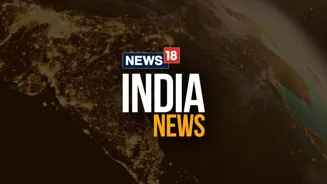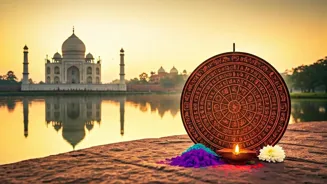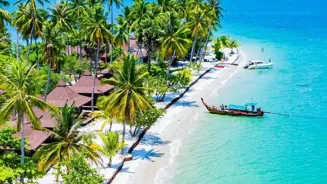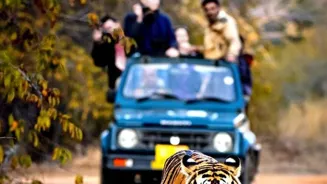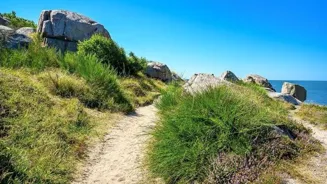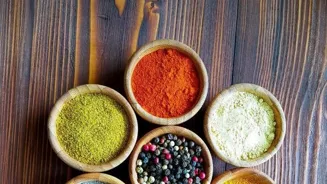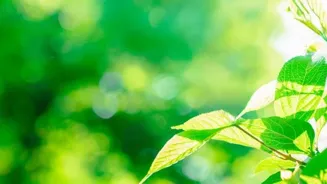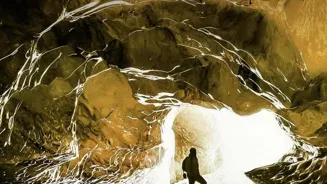Discover the Best Time to Visit Popular Destinations in India for an Unforgettable Experience. Plan your trip wisely!
Planning a holiday, eh? India, with its vibrant culture and diverse landscapes, offers
a plethora of travel destinations. But the secret to a truly memorable trip lies in choosing the right time to visit.
Imagine trekking in Ladakh during a blizzard or sweltering in Goa during peak summer – not exactly ideal, is it? This article will guide you through the best seasons to explore some of India's most popular locales, ensuring a smooth and enjoyable experience.
So, pack your bags (metaphorically, for now!), and let's dive in!
Northern India's summer: Perfect for hill stations with pleasant weather, ideal for outdoor activities
The northern part of India, encompassing states like Jammu & Kashmir, Himachal Pradesh, and Uttarakhand, experiences dramatic seasonal shifts. Summer (March to June) brings welcome relief from the winter chill, making it the perfect time to explore hill stations like Shimla, Manali, and Mussoorie.
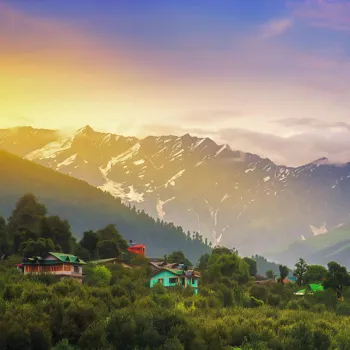
The weather is pleasant, ideal for sightseeing, hiking, and indulging in outdoor activities. However, be prepared for crowds, as this is peak tourist season. You can enjoy the cool weather, clear skies, and blooming flowers of hill stations. The summer temperature in the region is quite pleasant.
Monsoon season brings lush landscapes but challenges travelers
The monsoon season (July to September), on the other hand, sees heavy rainfall, often leading to landslides and road closures. While the hills turn lush green, traveling can become challenging.
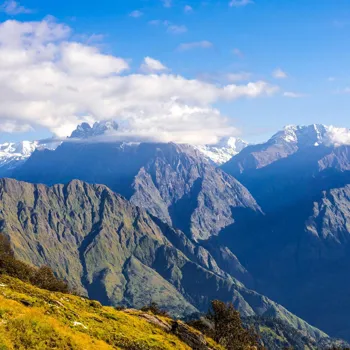
However, if you are a nature enthusiast and don't mind getting wet, this can be a magical time to visit places like Valley of Flowers in Uttarakhand, which is in full bloom during the monsoon. Ensure proper safety and research about the weather conditions before visiting any place.
Consider places like Dharamshala which gets less rain fall.
Winter transforms the north into a snowy wonderland
Winter (October to February) transforms the north into a snowy wonderland. This is the best time for skiing and snowboarding in places like Auli and Gulmarg. Cities like Delhi and Agra, while cold, offer a unique charm during this season. Imagine visiting the Taj Mahal shrouded in a magical mist!
Just remember to pack your warmest clothes, as temperatures can drop below freezing point. Winter can be a really cozy time especially around Christmas and New Years.
South India's moderate climate with distinct seasons, hot summers ideal for hill stations and beaches
South India, comprising states like Kerala, Tamil Nadu, Karnataka, and Andhra Pradesh, enjoys a more moderate climate. While it doesn't experience the harsh winters of the north, it does have distinct seasons. Summer (March to May) can be quite hot and humid, especially in coastal areas.
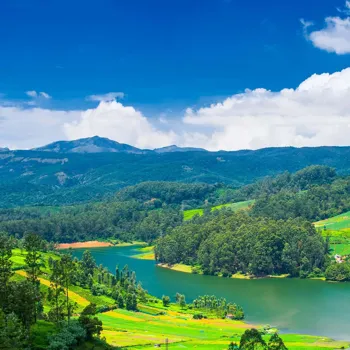
However, this is a good time to visit hill stations like Ooty and Kodaikanal, which offer a respite from the heat. Some people enjoy going to the beaches during the heat of summer to cool down their nerves.
Monsoon season transforms Kerala into lush paradise. Be prepared for heavy rainfall
The monsoon season (June to September and October to December, depending on the region) brings heavy rainfall to the Western Ghats, transforming Kerala into a lush green paradise. This is the ideal time for Ayurvedic treatments and backwater cruises. Be aware that some areas may experience flooding.
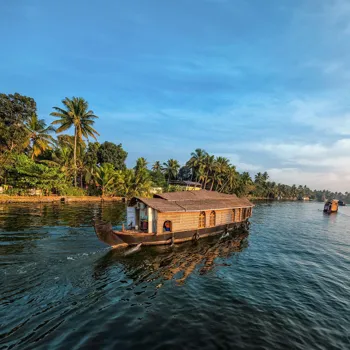
The beautiful views in Kerala are worth travelling for during this time. You should go prepared for the rain.
Winter in South India ideal for travel with pleasant weather
Winter (December to February) is generally considered the best time to visit South India. The weather is pleasant, making it perfect for exploring beaches, temples, and historical sites. Places like Goa, while popular year-round, are particularly enjoyable during this season.
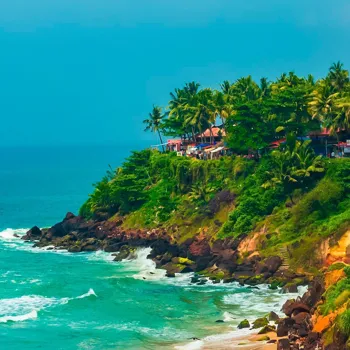
The temperature is not very hot and is enjoyable. Enjoy the pleasant weather that summer has to offer.
West India offers diverse experiences; Rajasthan summers scorching
West India, encompassing states like Maharashtra, Gujarat, and Rajasthan, offers a diverse range of experiences. Summer (March to June) in Rajasthan can be scorching, with temperatures soaring above 40 degrees Celsius. It's best to avoid visiting during this time unless you're prepared for the heat.
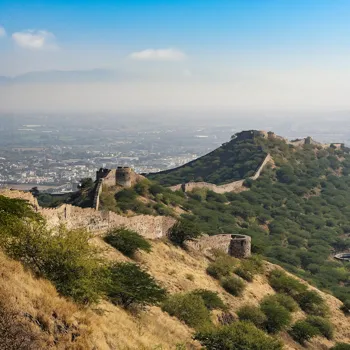
The heat can be really intense in Rajasthan.
Monsoon in Maharashtra: Relief, flooding risks, hill stations' beauty
The monsoon season (July to September) brings relief from the heat, but can also cause flooding in some areas, especially in Mumbai. However, this is a good time to visit the hill stations in Maharashtra, like Lonavala and Khandala, which become lush green and beautiful.
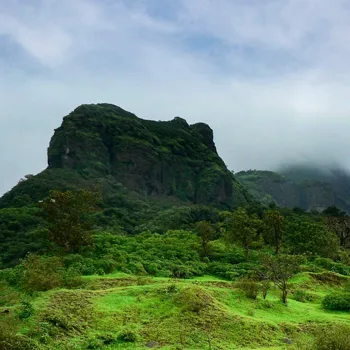
The monsoon season is very romantic too.
Winter ideal for exploring West India, visit Rajasthan, Goa, Mumbai
Winter (October to February) is the ideal time to explore West India. Rajasthan's deserts become more bearable, and cities like Jaipur and Udaipur are a delight to visit. This is also a good time to enjoy the beaches of Goa and the vibrant city life of Mumbai.

Many people are visiting the beautiful locations.
East India offers diverse culture, history, and natural beauty
East India, comprising states like West Bengal, Odisha, Assam, and Sikkim, offers a unique blend of culture, history, and natural beauty. Summer (March to May) can be hot and humid, especially in Kolkata.
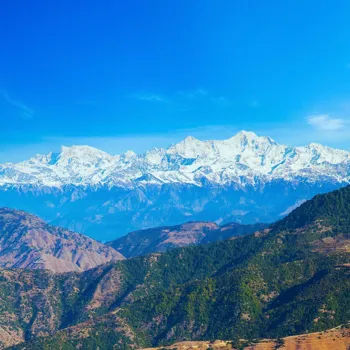
However, this is a good time to visit hill stations like Darjeeling and Gangtok, which offer stunning views of the Himalayas. The views are simply stunning.
Monsoon season in Assam and Darjeeling enhances tea garden beauty
The monsoon season (June to September) brings heavy rainfall, which can make traveling difficult. However, this is also the time when the tea gardens of Assam and Darjeeling are at their most lush and green. The green teagardens are fun to experience.
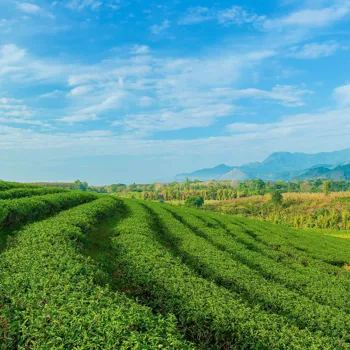
Winter in East India ideal for exploring, wildlife, trekking
Winter (October to February) is generally considered the best time to visit East India. The weather is pleasant, making it ideal for exploring historical sites, enjoying wildlife sanctuaries, and trekking in the Himalayas. Plan you trip according to the weather.
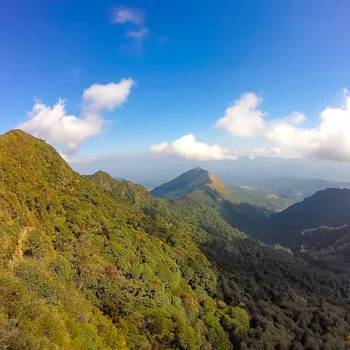
Central India: Rich history, summer intense, travel advised in winter
Central India, comprising states like Madhya Pradesh and Chhattisgarh, is rich in history and natural beauty. Summer (March to June) is extremely hot and dry, making it uncomfortable to travel. The heat can be really intense and so it is better to travel during winter.
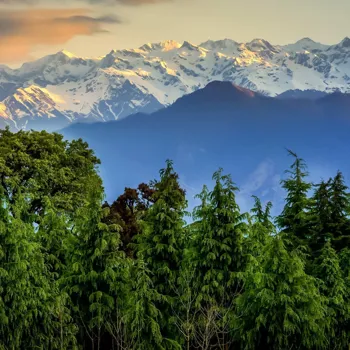
Monsoon season brings relief and flooding, ideal for visiting national parks
The monsoon season (July to September) brings some relief from the heat, but can also cause flooding in some areas. However, this is a good time to visit the national parks and wildlife sanctuaries. The location is worth visiting.
Winter ideal for exploring Central India's temples, forts, parks
Winter (October to February) is the best time to visit Central India. The weather is pleasant, making it perfect for exploring ancient temples, forts, and national parks. The monuments are simply stunning.
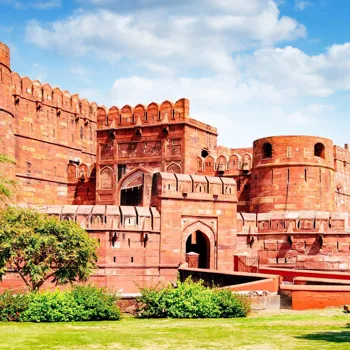
Plan ahead
Book your flights and accommodation in advance, especially if you're traveling during peak season.
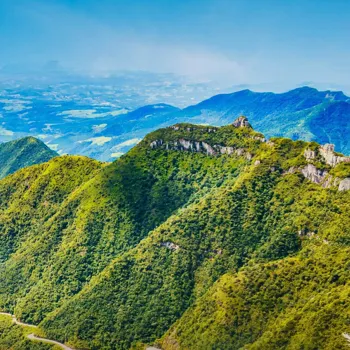
Check the weather
Always check the weather forecast before you travel and pack accordingly.

Be flexible
Be prepared to adjust your itinerary if necessary due to weather conditions or unforeseen circumstances.
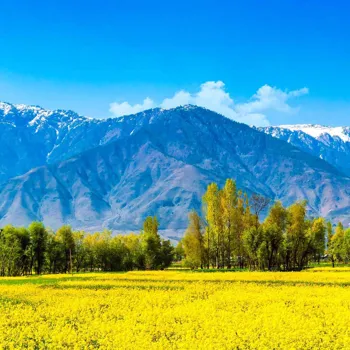
Respect local customs
Dress modestly and be mindful of local customs and traditions.
Stay hydrated
Drink plenty of water, especially during the summer months.

Travel insurance
Get travel insurance to protect yourself against unexpected events.
Enjoy the journey
Embrace the experience and be open to new adventures!
